入門:
フォレックス市場
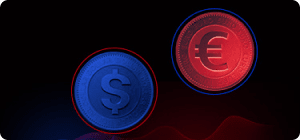
FX or Forex is an acronym, and it stands for Foreign exchange. The FX market is a market where you can trade or, if you prefer, exchange currencies. It is an over-the-counter market or OTC for short featuring a decentralised market with no actual physical central exchange. Hence why is it commonly referred to as an over-the-counter market. Unlike the stock market the forex market is open 24 hours a day, 5 days a week with the exception during weekends where it closes from midnight Friday until Sunday at midnight. The typical forex day is being split into three main sessions. We make a start with the Asian session starts […]
CFDとは
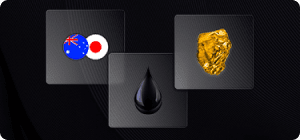
In our last lesson we discussed the evolution of the FX market in recent years and how it has reached Retail FX trading. Retail FX trading is a small segment of the overall foreign exchange market. Individuals do not actually buy or sell currencies. You don’t need to have yens in your pocket to buy pounds, or Swiss francs to buy Russian roubles. It is a speculation on the direction of the exchange rate between two currencies through contracts for differences (CFDs). If you expect the rate of a currency pair to go up, you enter a long position (this is like buying the base currency and selling the variable). […]
フォレックス市場の進化
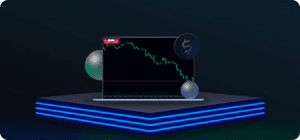
In the current lesson we will be discussing a bit about how the FX market evolved in recent years. Before 1996, the only groups that were able to trade forex were large financial institutions, central banks, corporations, governments hedge funds and extremely wealthy individuals. It was very difficult to take part in the forex market because you needed much larger balances than you need today in order to make any decent profit. In order to profit from fluctuating exchange rates, you had to create multiple bank accounts, each one denominated in a different currency and transfer funds from one account to another. Even that practice could be cumbersome as the […]
通貨ペアの分類
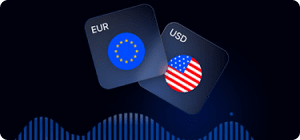
In our previous lesson we discussed the basics of trading currency pairs, today we’ll see their categorisation. Currency pairs are split into three main categories, majors, minors and exotics. The major currency pairs have the US dollar on the one side, either left or right, as the US Dollar is considered as the world’s reserve currency since the U.S. and its allies agreed at the 1944 Bretton Woods conference to peg it to a rate of $35 per ounce of gold . Despite the agreement being superseded by the free market system, the US dollar is still considered the global reserve currency. It’s influence as the global reserve currency comes […]
フォレックスの取引方法 - 基礎
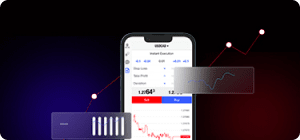
In our previous video we discussed the dual nature of money and FX pairs Trading forex refers to buying a currency (and at the same time selling another) with the idea that the currency I bought will rise in value, or the currency I sold will go down. Note that each currency pair has two currencies. The one noted on the left-hand side is the base currency and the one noted on the right-hand side is the variable currency or the quote currency. Hence there are two positions a trader may open to start trading. The trader is either going to buy the pair, what the market calls ‘go long’ […]
貨幣の二面性と為替レート
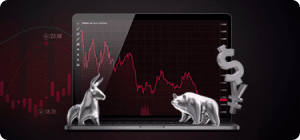
We all know money, but how do we actually define it. In the passing of time money took different forms. It’s characteristic that among a number of items used were also stones as well as metals including but not only, gold and silver in various forms and sizes, while today some even characterize cryptocurrencies as forms of money, albeit the last is still being disputed as it is money or investment titles. Yet as we saw in the previous discussion specific currencies are being used in specific geographical areas When you buy American shares, you use dollars. When you buy European equities, you use euros. You need money to buy […]
通貨と通貨ペア
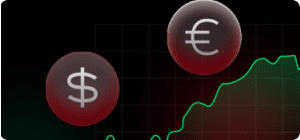
There are hundreds of currencies out there, but only a few are considered to be the “Majors”. The Majors are currencies that have a high trading volume and belong to the biggest economies of the world such as the US Dollar, the Euro, the British Pound in the United Kingdom and the Japanese Yen. These are the “key” currencies that traders look out for as there are usually more opportunities in these pairs due to their importance and popularity amongst the global economies. Traders should be well acquainted with the relative abbreviations as determined by the International Organisation for Standardization as they are extensively used by market participants. Being familiar […]
フォレックス市場の主な参加者

So, who actually participates in the FX market and is able to create such a huge daily turnover volume? Primarily the so called “Big” players are Governments and central banks. They have bigger and deeper pockets than any institution or individual on the planet as such they could also be considered as market makers where they are able to influence their currency. This is due to National Governments and central banks intervening in the FX market either to strengthen or to weaken their currency by buying it or selling it respectively and to readjust their Foreign Exchange reserves. The second category includes commercial banks and other financial institutions which attend […]